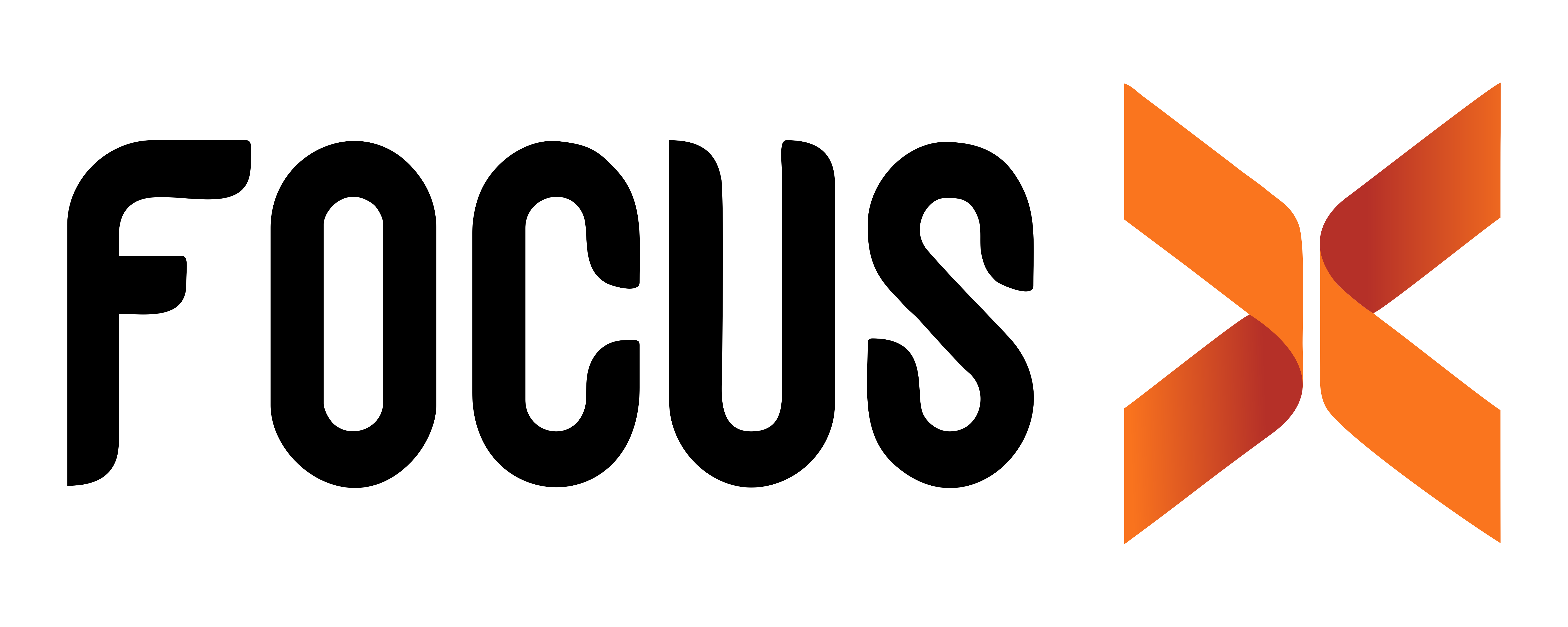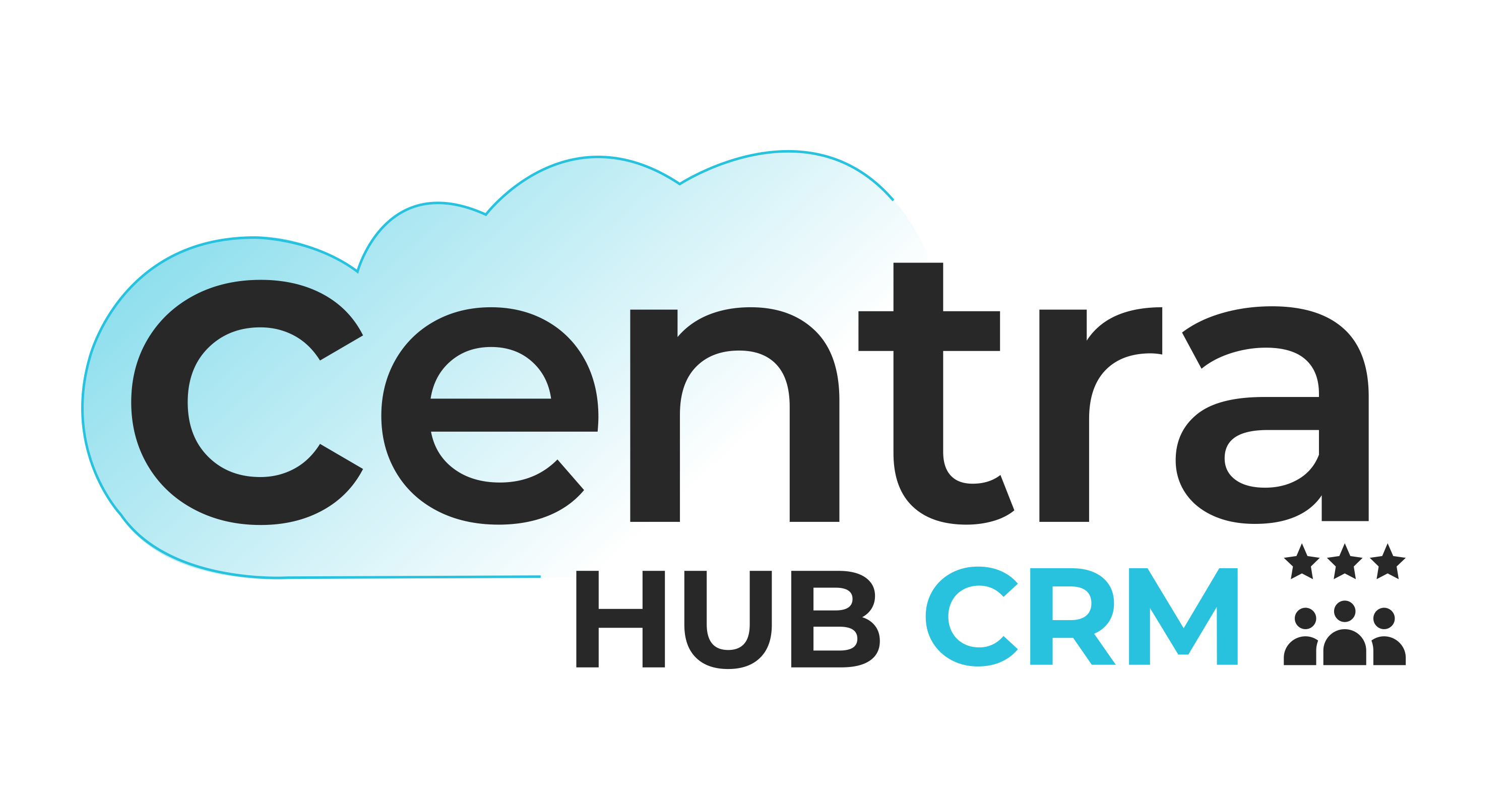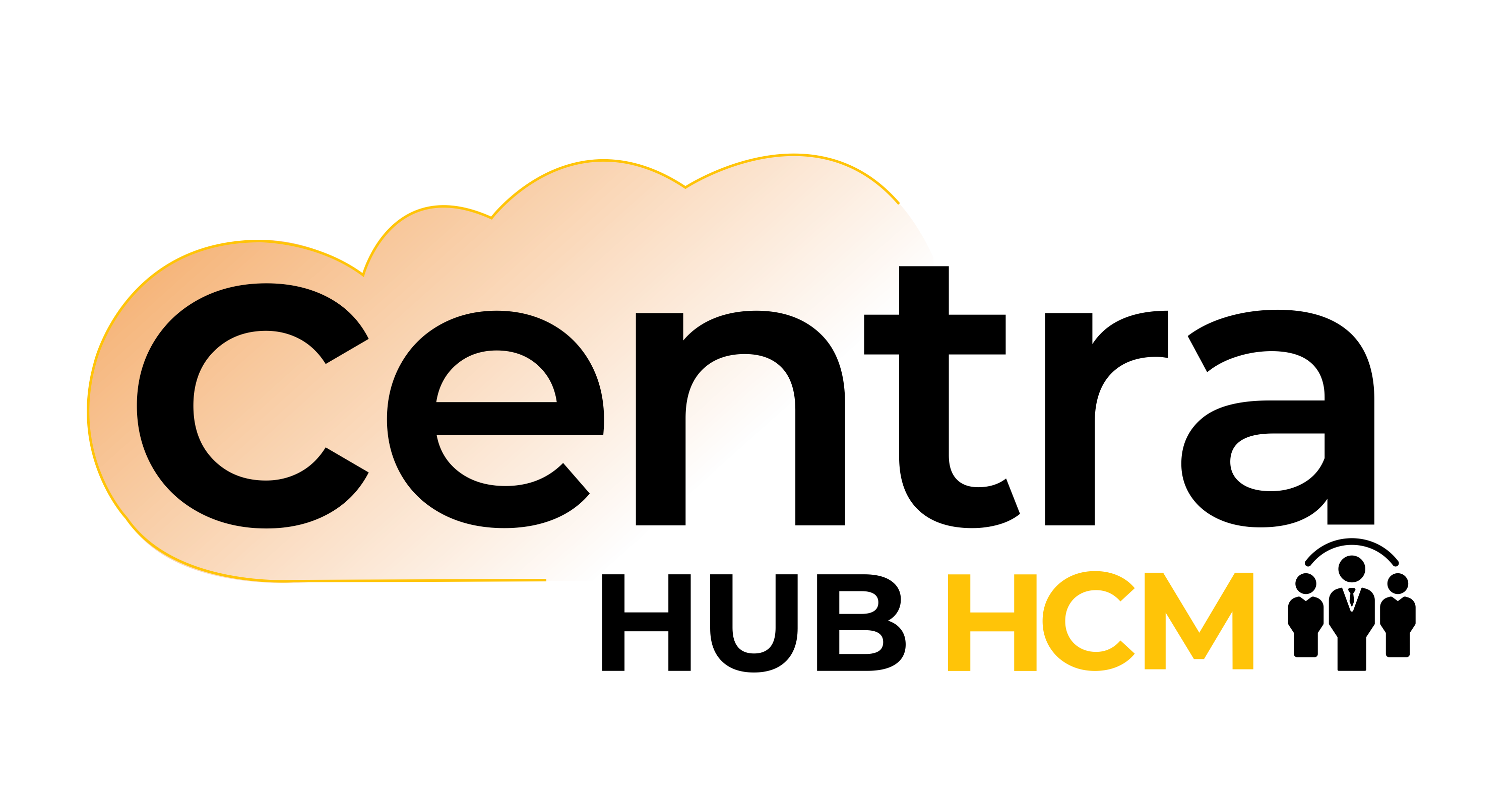11 Hidden Costs to Consider While Preparing ERP Implementation Budget
Comprehensive ERP system costs
Comprehensive ERP system costs encompass more than the initial purchase price. It includes licensing fees, ongoing maintenance, customization, data migration, employee training, and hardware upgrades. Understanding the full scope of expenses is crucial for effective budgeting and successful implementation.
Customization and integration
Customization and integration are essential aspects of ERP system implementation. Tailoring the ERP to meet specific business needs ensures optimal performance. Seamless integration with existing software and databases enables data flow and enhances efficiency across the organization. Proper planning and expert support are vital for successful customization and integration.
Data migration and cleansing
Data migration and cleansing are critical steps when implementing an ERP system. Transferring data from legacy systems to the new ERP software requires careful planning and execution to prevent errors and ensure data accuracy. Cleansing involves identifying and rectifying data inconsistencies and improving data quality for a seamless transition.
Training and employee onboarding
Training and employee onboarding are essential for successful ERP implementation. Educating staff about the new ERP system ensures efficient usage and maximizes its potential. Adequate training empowers employees to embrace change, enhances productivity, and fosters a smooth transition to the new system.
Change management
Change management is vital during ERP implementation. Planning, communication, and stakeholder engagement are involved to address resistance and ensure a smooth transition. Managing organizational changes effectively helps employees adapt to new processes, reduces disruptions, and increases the likelihood of ERP project success.
Hardware and infrastructure upgrades
No ever office has the hardware and infrastructure needed for the upgrades. It may be necessary to include them for a seamless ERP system integration. Ensuring that hardware meets the ERP's performance requirements and is compatible is crucial. Investing in modern infrastructure enhances system efficiency, reduces downtime, and supports the organization's growing needs.
Post-implementation support
Post-implementation support is vital for the continued success of an ERP system. It involves ongoing assistance, maintenance, and issue resolution to ensure optimal system performance. Prompt support minimizes disruptions, addresses challenges, and maximizes the benefits of the ERP investment for long-term success.

ERP vendor pricing models
ERP vendor pricing models vary, including subscription-based, perpetual licensing, and user-based pricing. Understanding these models is essential to make informed decisions during ERP selection. Clear insights into costs and scalability help businesses choose the most suitable pricing structure for their needs and budget.
Third-party integrations
Businesses often require integrating ERP with other third-party applications. Integrating ERP with other applications streamlines data flow, enhances functionality, and improves efficiency. Careful consideration of compatibility and costs ensures seamless integration, empowering businesses with a unified and powerful technology ecosystem.
Upgrades and enhancements
Regular upgrades and enhancements are vital for ERP systems to stay current and effective. Embracing technological advancements and new features enhances system capabilities, security, and performance. Keeping the ERP up-to-date ensures businesses can adapt to changing needs and achieve long-term success. The costs associated with system upgrades should be included in long-term budget planning.
Conclusion
By quantifying all factors related to the software, implementation, and organizational transition, organizations can secure realistic funding and executive sponsorship. Careful planning and transparency around total investment, including the hidden ERP costs, enable successful rollouts that deliver value within budgetary guardrails.
We can help you plan your ERP implementation costs. Fill in the form to get started.







